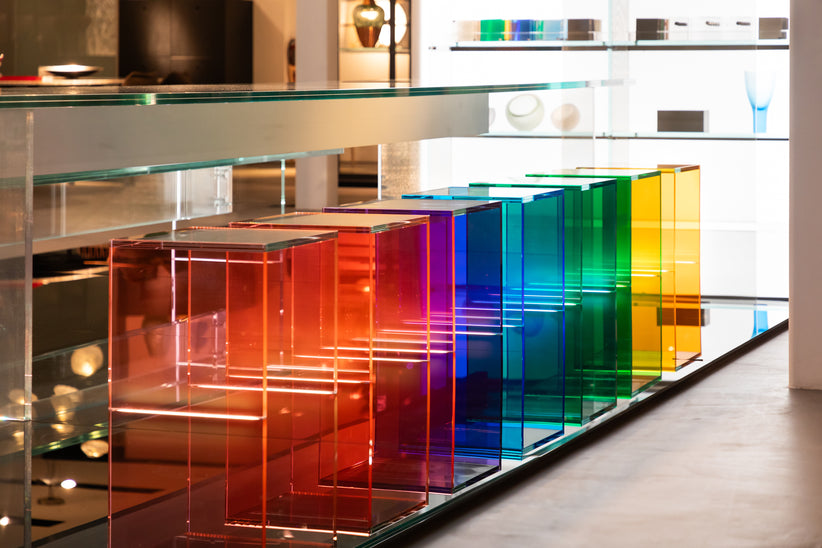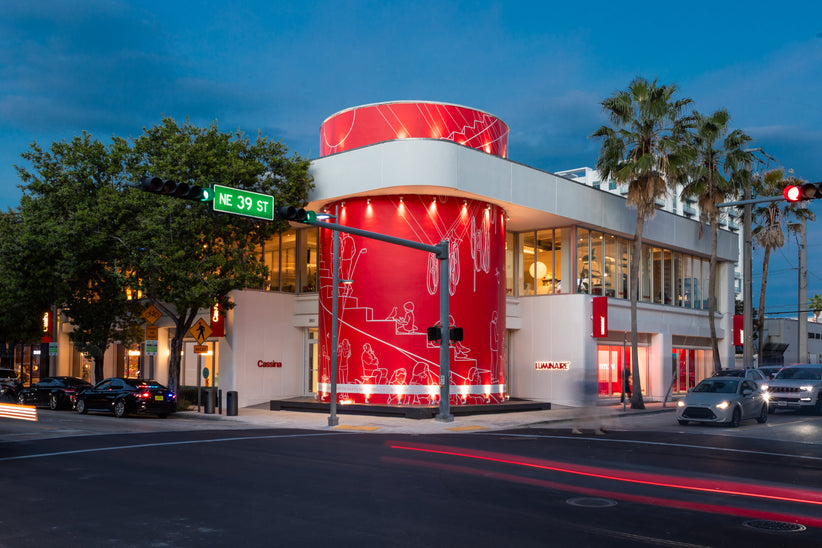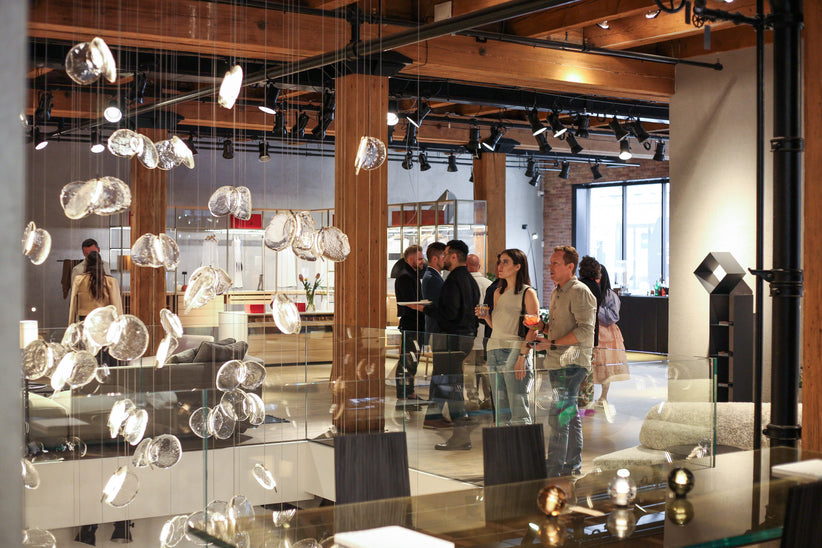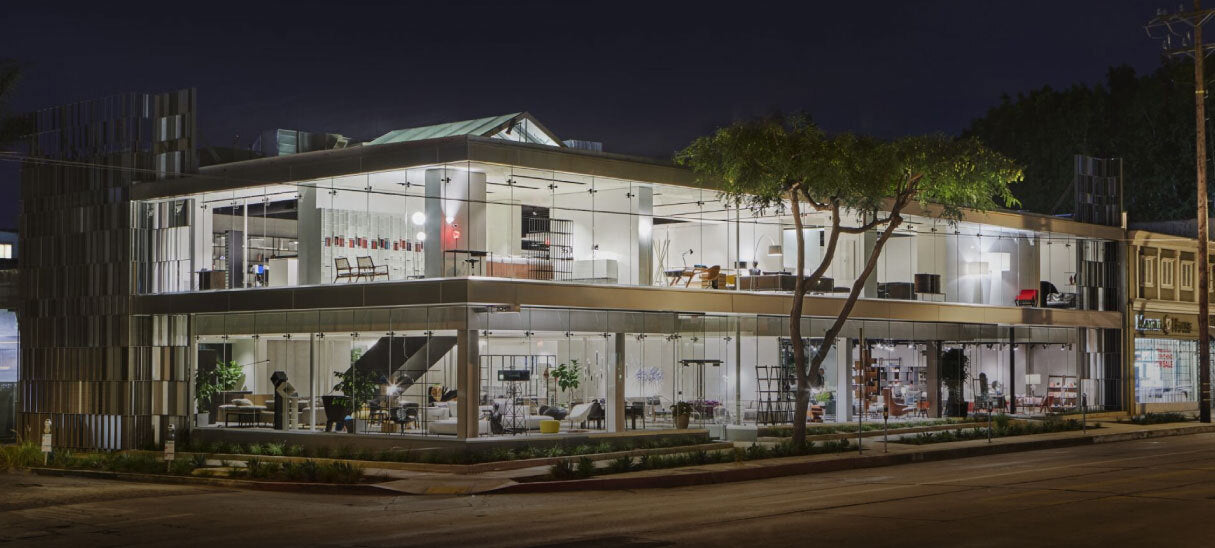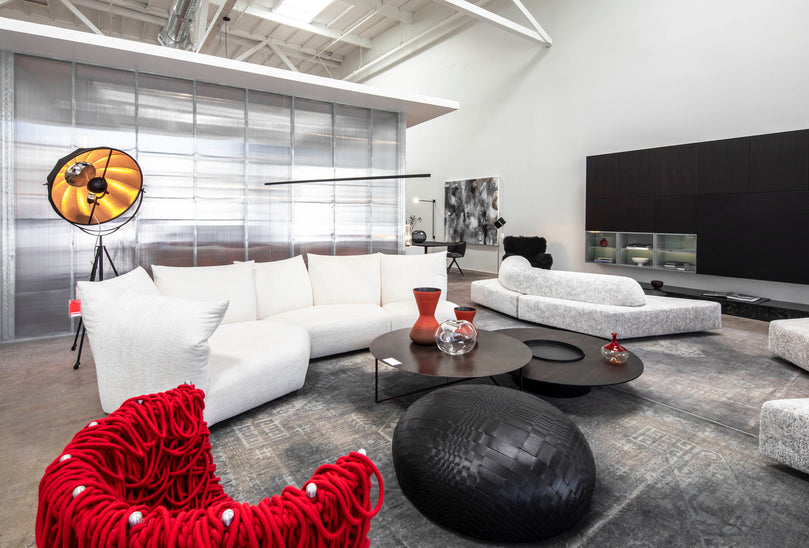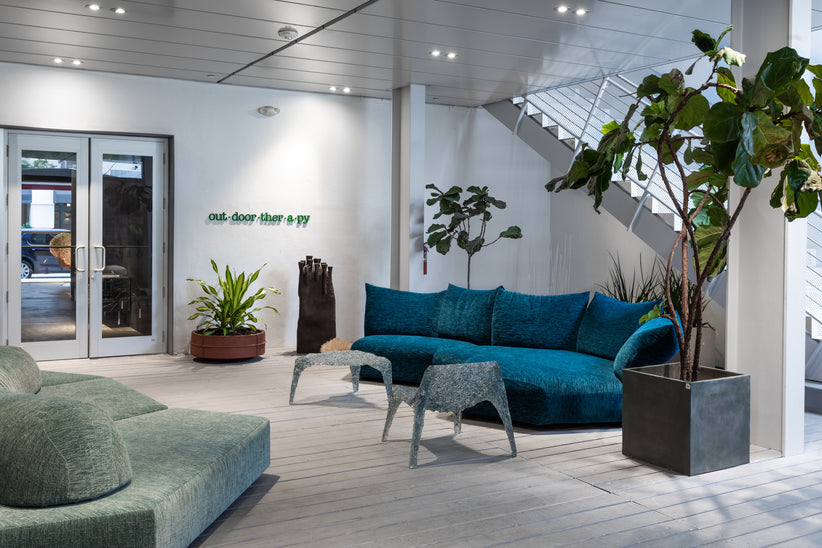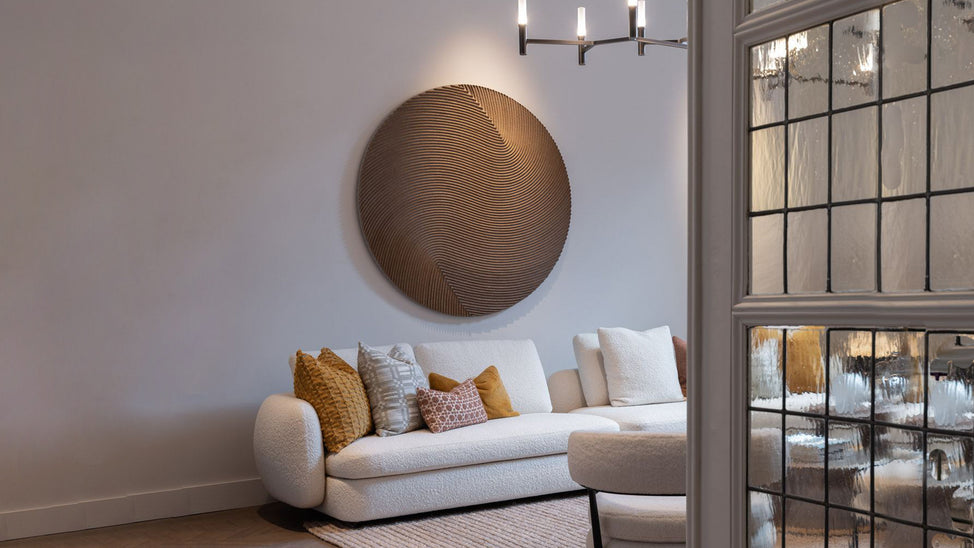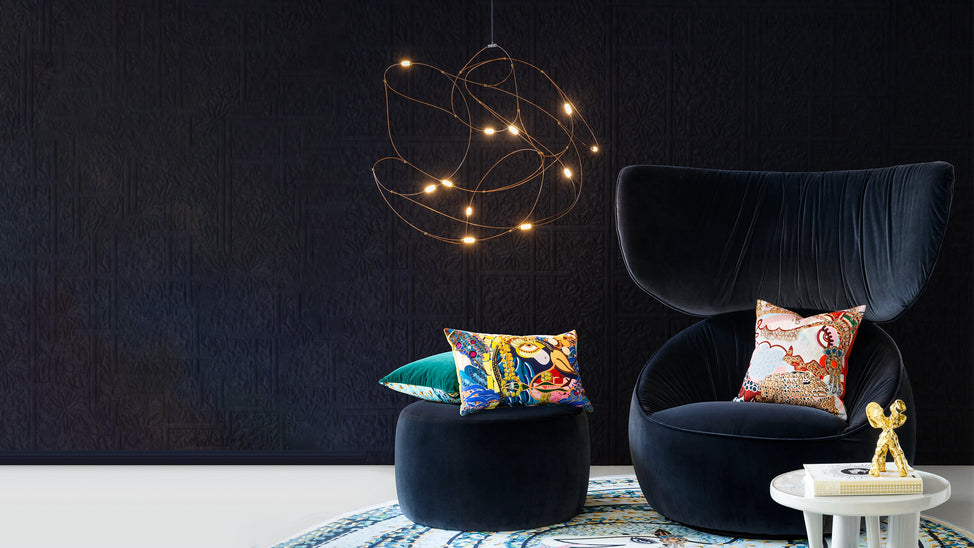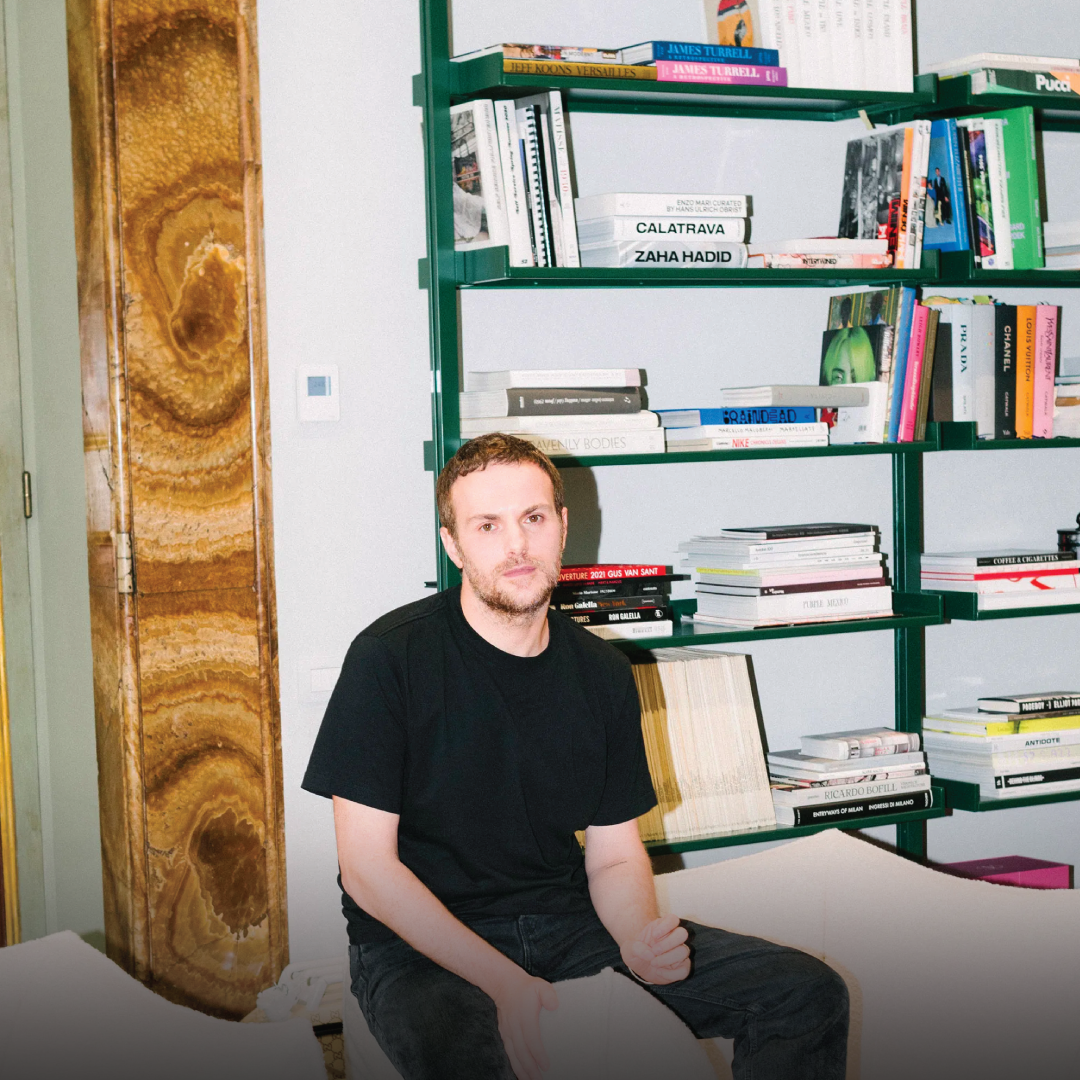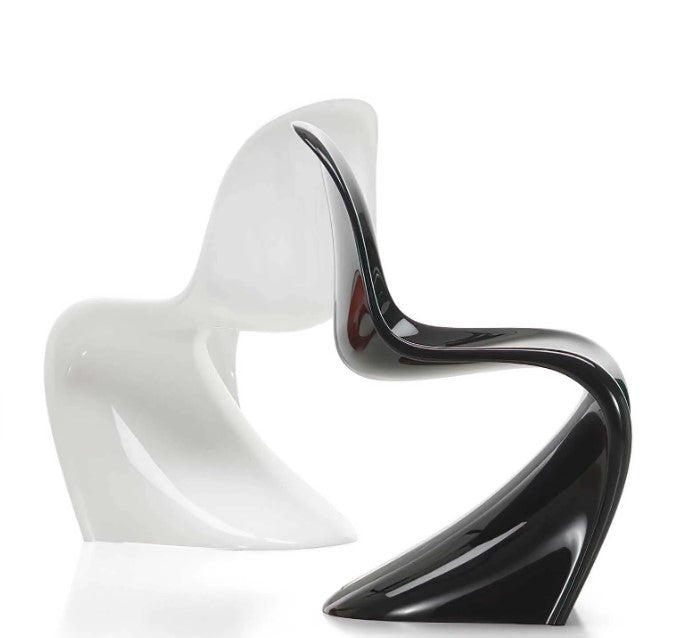Moving through the world with certainty and assurance, discovering pleasure and amusement in our daily routines with a sense of wonder and tranquility, or uncovering moments flush with frustration and doubt, all are driven by the encounters we experience with the objects around us, and the more we chance upon objects that are well-designed, the more we find joy, comfort, satisfaction, and harmony in the lives we lead, all together opening our minds and creating memories that satiate our souls with peace and delight, making even smallest of moments extraordinary and transcendent. In this way, the objects in our lives are more than simply material possessions; objects influence how we feel, how we behave, and how we think, with each object taking space as a symbol, as a reminder of our involvement in our surroundings, and at times as an expression of our innermost selves. By evoking strong emotions and creating meaning in our environment, living with well-designed objects reimagines our journey through existence, and allows our being to become ripe with optimism and serenity.
Insightful or insubordinate, clever or clumsy, conventional or unique, every object tells a story, and these stories connect us to the object in personal and peculiar ways. While the best designs value the importance of useability and utility, as ease of use makes life complete with enjoyment and indulgent fulfilment, designs that are only usable are not necessarily uplifting to use, hence well-designed objects are often beautiful as well, and inspire our eyes and our spirits with a thrill in just being in their presence. For some objects, the use is for pure pleasure and amusement, as with Maarten Baas’ Monster sculptures, whose story of exuberance and naivety brighten a room with mystique and merriment. For other objects, its usefulness in a utilitarian capacity is precisely what makes it beautiful and cherished, as with the Forma Cheese Grater by renown architect Zaha Hadid, whose visually arresting, fluid design not only adds an architectural energy to the tabletop but also fits easily into one’s hand for full control and a sturdy grip, making the experience of simply grating cheese an act of effortless ease, comfort, and delight. For Dieter Rams, eliminating the superfluous and focusing on functionality gives rise to convincing, harmonious forms, so that use is self-explanatory and does not evoke emotion through what he calls trivial or superficial means. In this way, a return to simplicity activates feelings of quietude and composure, combatting the chaos of a hurried world. One object that fulfills Rams’ philosophy that “good design is as little design as possible” is the Transparent Speaker designed by Scandinavian luminaries Martin Willers and Per Brickstad, as much a statement piece that expresses poetry of form with exposed speaker components as it is a technical marvel of auditory delight. Its streamlined look balances beautifully with any interior, and the joy it provides by offering pleasure to our ears makes it an object whose usefulness and beauty tells a story that eliminates discord from our daily lives.
While well-designed objects avoid flaunting style for the sake of style alone, style nonetheless harbors an important role in how we live our lives. While it may contradict what we are formally taught regarding functionality and beauty, there exists, in fact, evidence that aesthetically pleasing objects turn out to actually work better, in addition to bringing a pleasing sense of visual harmony to our emotional landscape. When people are relaxed and happy, their minds expand, making existence more creative and imaginative. Here we find a search for cognitive meanings, symbolic functions, and cultural histories of form in the objects we live with, whether small in scale like a teaspoon or a pen, or large in scale like a dining table or bookshelf. For grander objects that make living more congenial and electrifying, one can look to works by design brands that arrest our consciousness with visually pleasing forms and functionalities that inspire, as with pieces we find in the Cappellini collection. From the iconic and enchanting Solaris chest of drawers by the riveting designer Shiro Kuramata, which gives a nod to the science fiction film of the same name, to the celebrated Knotted Chair from Marcel Wanders, whose delightful appearance truly makes it a work of art, and the Cloud bookcase from contemporary wonders Ronan and Erwan Bouroullec, whose modular function allows for limitless possibilities and cloud-like form reimagines how we display objects, living with elegant and unconventional style from Cappellini animates one emotions and vivifies how we move through the world, making life more engaging, uplifting, and pleasurable.
Living with objects that arouse the senses and communicate with us in relaxed and sometimes surprising ways elevates our everyday experiences with clarity, integrity, and harmony. Looking beyond the material and into the stories they tell through the inspired minds that created them also allows us to connect with works personally as we move about our daily habits and customs and find exultation in their charm and curiosity. Objects bear an almost magical power to improve our daily lives, by making our environment easier and more joyous to maneuver, or inciting reflection and provoking the cerebral as works of art. From closet systems that transform how we dress in the morning to teapots that enliven simple daily rituals, the objects we live with inspire a poetry of being, remarkable, distinctive, and bursting with delight.
January 2024


